Building Household Literacy on Disaster Finance
By Helen Wiley
In the wake of Hurricane Helene, particularly in inland impacted areas, thousands of families were devastated to learn that homeowner’s insurance does not cover flood damage. Many had never realized their homes were at risk of flooding.
For those of us who work on climate resilience issues, unfortunately, none of this is new or surprising. Disaster after disaster, impacted households are shocked to learn that their home insurance policies do not cover flood, that federal disaster aid awards are limited and not designed for full recovery, and that they have little to no access to the resources needed to aid in their financial resilience.
SBP runs one of the largest nonprofit programs for disaster preparedness in the US. As the head of this program, I can tell you that educating households and key stakeholders to be financially literate in disaster preparedness is a daunting challenge. Amid inflation, high housing costs, and myriad day-to-day challenges, telling households that are already living on the edge, that they need to invest in emergency savings and disaster insurance coverage can often feel like a non-starter, but it is critical as an industry that we at minimum fix misconceptions, so households can make informed decisions.
Around household disaster finance, there are a few common misconceptions we seek to bust:
Myth 1: Homeowners insurance covers flood damage. Reality: Flood insurance coverage is purchased separately from homeowners policies. Most policies are offered through the National Flood Insurance Program (NFIP), but private flood insurance options are also available in many states.
Myth 2: Disaster aid will be sufficient for recovery. Reality: The average disaster aid award is about $5,000 vs. the average NFIP payout about $69,000 per household. Federal disaster assistance is not intended to be used for full recovery and is not equivalent to having insurance coverage. Further, federal assistance is not guaranteed, as many applicants do not qualify or are denied.
Myth 3: Renters cannot get disaster insurance coverage. Reality: Renters can and should buy protection. Renters insurance policies cover damage to your personal property from fire and wind. If you have any flood risk, you should purchase a contents-only flood insurance policy as well.
These three common myths represent our fundamental challenges for disaster financial preparedness education in the US: the burden lies with the consumer to navigate a complex system where disaster insurance coverage, the best form of protection, is spread across multiple policies, and with insufficient access to the range of financial tools available (aid, insurance, credit, and savings), full recovery funding is by no means guaranteed.
Given the frequency and intensity of extreme weather events today, it is time for disaster literacy to be embedded in all financial education curriculums in the US. From high school, community college, and university personal finance classes, to employer led events, to mandatory trainings by loan providers of all kinds, there are many good opportunities to educate individuals from young adulthood on about disaster finance. These opportunities require increased partnership across sectors and stakeholder groups to reach household audiences.
Given the frequency and intensity of extreme weather events today, it is time for disaster literacy to be embedded in all financial education curriculums in the US.
A few examples include:
Personal Finance Classes: Growing up, I was required to take a personal finance class in public high school. I remember learning about filing taxes, identifying phishing schemes, and not accruing credit card debt. Imagine if after learning about health insurance and car insurance, that we had a lesson on home insurance, renters insurance, and flood insurance. While few high schoolers would be eager for a disaster insurance deep dive, giving them the homework assignment to talk to their parents or guardians about what coverages they do or do not have would be a good start in the right direction to normalizing disaster preparedness in household discussions.
Employee Trainings: Employers are an under-tapped resource for getting more heads of households educated on disaster finance. More employers should host annual employee disaster preparedness trainings and workshops as businesses sustain financial hits if employees are impacted by disasters and cannot come to work. It's just good business to care for your employees as your biggest asset. This can be as simple as an annual Lunch & Learn for employees to learn about key preparedness tips and resources or extend to include incentivized actions in employee Health & Wellness Programs.
Education through Loan Providers: From mortgage lenders to small business loan providers, there are many opportunities to embed disaster finance education in periods where individuals are making larger financial decisions and are more likely to pay attention. Community Development Finance Institutions (CDFIs), in particular, are well suited for further investments in client financial education, given that they specialize in lending to under-resourced communities and already often offer educational opportunities that can be built on with greater funding to enable these programs.
We urgently need to mitigate risks and create new insurance affordability tools and programs to increase the financial resilience of low- and moderate-income households.
The reality, of course, is that the US education system faces many threats, but as leaders look for opportunities to invest more deeply in financial education, disaster literacy should be a part of any new curriculum, while noting that stronger literacy is only one piece of the equation. With increasing disaster risks and corresponding costs for insurers to cover them, we urgently need to mitigate risks and create new insurance affordability tools and programs to increase the financial resilience of low- and moderate-income households. In any case, simply educating households how to build an emergency kit is insufficient for the scale of the problem we face.
